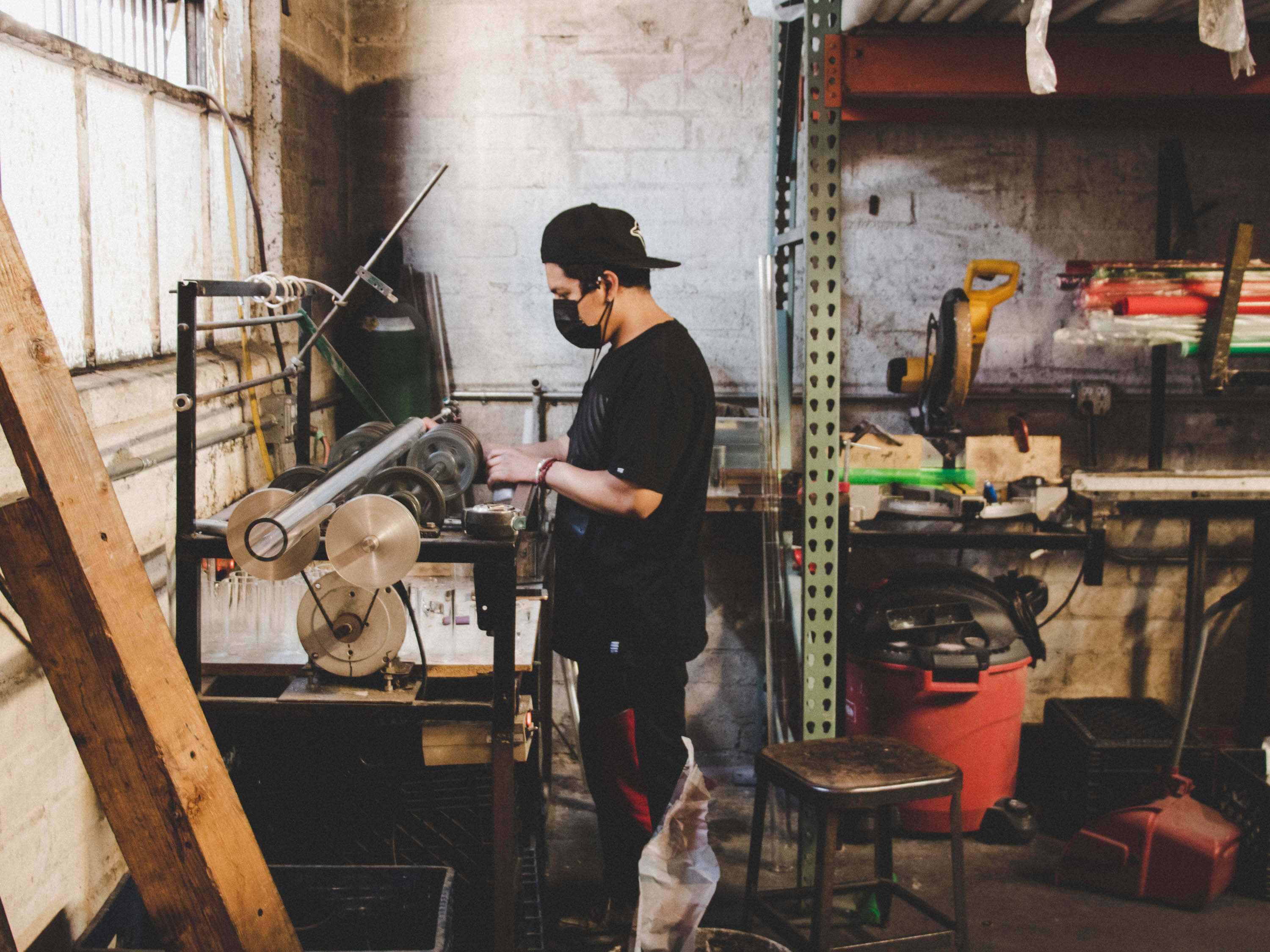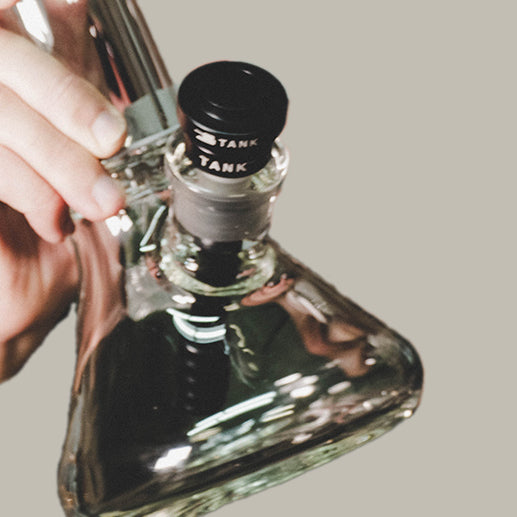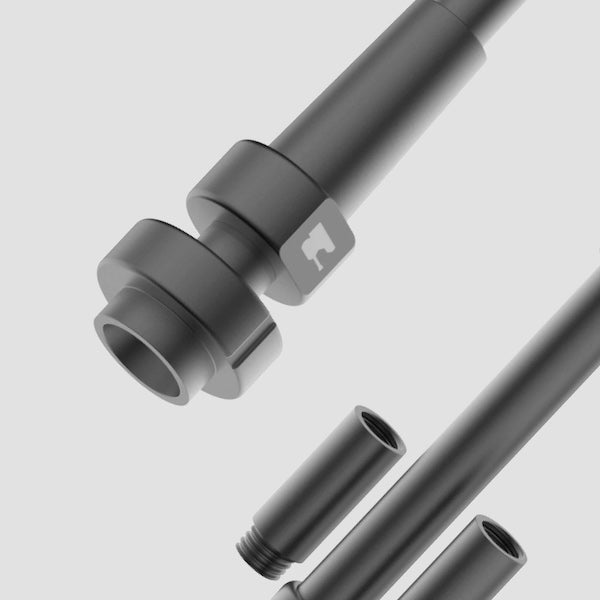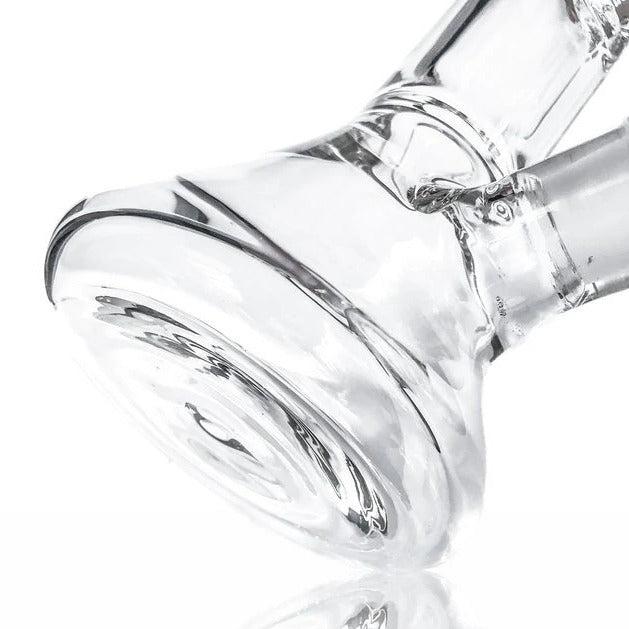Tank Blog
terpenes
The Science of Terpenes: How They Affect the Flavor and Effect of Your Cannabis
Cannabis is a complex plant that's much more than just THC and CBD. It's a botanical universe teeming with a variety of compounds, each contributing to the plant's unique profile. Among these compounds, terpenes play a critical role.
They influence not only the flavor and aroma of your cannabis but also its effects. Let's delve into the science of terpenes and their significance.
What Are Terpenes?
Terpenes are organic compounds produced by a wide variety of plants, including cannabis. They are responsible for the plant's distinct aroma and flavor. Terpenes are nature's way of protecting plants by deterring herbivores and attracting the predators and parasites of these plant-eating animals.
In cannabis, over 200 terpenes have been identified, each adding a unique note to the aroma and flavor of different strains. Beyond their sensory influence, terpenes also interact with other cannabis compounds, influencing the plant's effects in what is known as the entourage effect.
The Entourage Effect: A Symphony of Compounds
The entourage effect is a concept in cannabinoid science referring to the synergistic interaction between cannabinoids, terpenes, and other compounds in cannabis. This means the combined effect of these compounds is greater than the sum of their individual effects.
With terpenes specifically, they can modify how much THC crosses the blood-brain barrier and affect the dopamine and serotonin levels, enhancing or mitigating the effects of cannabinoids. This is why different cannabis strains, each with a unique terpene profile, can produce different experiences.
Noteworthy Terpenes in Cannabis
While there are over 200 terpenes in cannabis, some are more common and influential. Let's look at a few:
Myrcene: Known for its earthy and musky scent, myrcene is the most common terpene in cannabis. It's believed to produce relaxing effects.
Limonene: As the name suggests, limonene has a citrusy aroma. It is associated with stress relief and mood enhancement.
Caryophyllene: This terpene has a spicy, peppery aroma. It is unique as it can also bind to cannabinoid receptors, potentially offering anti-inflammatory effects.
Pinene: This terpene has a fresh pine scent and is associated with increased alertness and memory retention.
Linalool: Known for its floral aroma, linalool is also found in lavender. It is associated with calming and relaxing effects.
The Importance of Quality Glassware from Tank Glass
Understanding terpenes and their influence on your cannabis experience underscores the importance of using quality glassware like those offered by Tank Glass.
With our American-made, durable, and high-quality glass pieces, you can fully appreciate the flavor profile of your chosen cannabis strain.
Moreover, using a clean glass piece ensures that you are tasting the terpenes in your cannabis with no residue from previous sessions. It ensures a purer, richer, and more enjoyable experience.
Conclusion
The world of cannabis is rich and complex, with terpenes playing a key role in shaping the flavor, aroma, and effects of different strains. As you explore various strains, take a moment to appreciate the symphony of terpenes contributing to your overall experience.
And remember, to truly appreciate these nuances, quality glassware is a must—Trust Tank Glass to deliver the quality you need to elevate your cannabis experience to new heights.
Disclaimer: This article is intended for informational purposes only and should not be used as professional medical advice. While we aim to provide accurate and up-to-date information, we strongly recommend consulting with a healthcare professional or qualified expert before making any decisions about your health or lifestyle changes. The use and consumption of cannabis are ultimately personal decisions and should be made based on individual health considerations and legal regulations in your area.
glass smoking pipes
How does Fimming differ from Topping?
Are you interested in cultivating cannabis? Well, if you want to succeed at growing cannabis, you have to understand the concepts of “fimming” and “topping.” These cannabis growing terminologies are a part of the much broader category of pruning. Pruning is the act of selectively removing branches from plants, shrubs, and tree, the purpose of which is to improve the structure of the plant and promote new, healthy growth. Contrary to popular belief, pruning is not meant to stunt plant growth but stimulate it instead.
Fimming
This is a pruning method in which up to 75% of new growth (the top buds) is removed from the main stem of the plant. This forces the plant to develop several new flowering sites while promoting the growth of lower stems or branches. Fimming has a dual goal:
to increase the number of flowering sites
to train the plant into reshaping itself
Although fimming excels at these, it’ not that great when it comes to producing a shape that’s, more orderly. The plant will grow at its own pace.
When should You Fim Your Cannabis Plants?
The timing for fimming is the same for topping. Wait until your plants have developed between 3 and 5 nodes (the more, the merrier) before fimming. Remember to always do your fimming when your plants are in the vegetative stage – not before or after. Wait up to two weeks before fimming your new growth. This will give your plants the time needed to recover from the shock that results from fimming and adjust to their new growing pattern.
Topping
“Topping” is the process of cutting off the growth tip of the primary cannabis stem or in other words, pruning your plant. Removing the terminal (or top) bud forces the plant to develop two new flowering sites while promoting new lower branch growth. Just like with fimming, topping has a dual goal of increasing the flowering sites, and reshaping the plant. However, no two plants might retain the same shape.
When should You Fim Your Cannabis Plants?
Topping should be done once your plants have developed a minimum of three nodes each. With that minimum of nodes, the plant’s roots and stems will be strong enough to tolerate the pruning process and recover from the shock. It usually takes a plant up to 30 days during the vegetative phase to produce at least 3 to 5 nodes. Just keep in mind that different strains often grow at different rates. So be sure that you’re patient and wait until your plants are ready for the topping process.To learn more, send us a message at support@tankglass.us or visit the Tank Glass website by clicking here.
thc oil
A brief Guide to THC Oil
One of the hotter topics being discussed in the industry today is THC oil. If dabbing, e-cigarettes, edibles, tinctures, topicals, or vaping is your thing, THC oil will be part of the equation. But what exactly is it and is it legal? Furthermore, how do you use it and where can you acquire some? We’ve got the answers here so continue reading.
What is THC oil?
Technically speaking, it’s an extract or concentrate. THC oil is made as follows. Soak the cannabis plant in a solvent such as butane, CO2, or isopropyl alcohol. As the plant is soaking, CBD, CBN, THC, and other cannabinoids dissolve in the solvent. Once the soaking process is completed, you remove the plant matter and boil the solvent off. This leaves an oily substance comprised of concentrated cannabinoids behind. The higher the THC content, the more highly concentrated the THC oil is. When you smoke, the THC level is about 20%. On the other hand, the oil contains 80% or higher. Thus, it is important that you consider the various aspects of the oil before you use it.
Is it legal?
Although it’s a relatively new product in the cannabis marketplace, it may not be legal where you live. Thus, it’s best to research it in your area beforehand. However, we do know that it is legal in states that allow the recreational use of marijuana. In states where medical marijuana is legal, THC oil probably isn’t despite the fact that CBD oil may be. It just depends on the state you live in. As the Federal Government moves ever closer to legalizing recreational marijuana use, THC oil use will be more common. It has shown considerable strength in recreational and medicinal use.
How do You use it?
Depending on personal preference, THC oil can be used in one of the following ways:
as an ingredient in your favorite edibles
by itself in e-cigarettes, vape pens, and vaporizers
to produce other concentrates such as shatters and waxes
Basically, THC oil is the all-in-one or one-size-fits-all product of the marijuana industry. That is the reason that it’s demand has sky-rocketed in the recent years.
Where can You purchase THC Oil?
If you decide that you want to buy THC oil, make sure you purchase it from a reputable dealer or dispensary. That way you’ll know you’re getting the best product available since most legitimate dispensaries have quality assurance standards that they adhere to. It’s also important since the solvents used in the production of THC oil can be toxic if they’re ingested in too high of a dosage.To learn more about THC oil before purchasing it, contact Tank Glass for assistance at (323)-364-7952 or e-mail us at support@tankglass.com.




